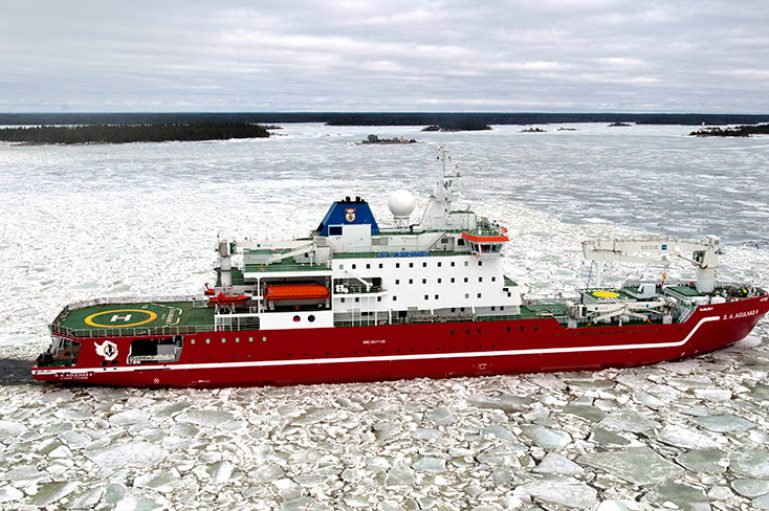In a very competitive market, nothing is more valuable than reputation. With companies across different sectors rising and falling overnight, the responsibility of shareholders, employees and other stakeholders, in partnership with customers, to sustain and grow value for the long term is more important than ever. Co-creating value should be everyone’s priority, especially when a company focuses on growth. Gaining a healthy percentage of the potential market and enlarging the company’s brand footprint requires focused effort, consistency (which builds trust) and above-average customer service. AMSOL’s (African Marine Solutions) Managing Director, Paul Maclons, explains that value creation is multi-dimensional:
“Value is not just about the financial strength and profitability of the company – although they are both very important factors. Creating long-term value is about considering our impact on all parties that have an interest in the company and those whom the company impacts. It includes various elements such as the strength of our brand and reputation, continuity of our skills and competence, risk management and mitigation, systems and processes that support international standards in management of safety, health, environmental protection and quality (SHEQ), corporate governance and compliance, as well as contracts secured and future growth prospects. Balanced together, these elements contribute to value creation in our business”.
Employees have a very important role to play in maintaining brand reputation and integrating all the above priorities into a business management model that is relevant and flexible – as Maclons notes:
“It is important that employees focus on ensuring that our clients (both inside and outside the business) are happy and that we deliver a safe and efficient service to them. We need to prevent waste and optimise costs, take care of our assets and equipment and display the AMSOL company values in all our interactions with colleagues or outside parties such as clients, suppliers or service providers”.
Getting employees focused on brand maintenance is no easy matter – energy needs to be applied by those in leadership on the following factors (in no particular order):
- Leadership example – living the brand values is paramount to setting the tone of the expected culture. Care should be taken to refer to the values to guide behaviour and decision-making.
- Competence – customers expect a reasonable level of skill in relation to products and provided services. All staff need to be part of a skills development plan that should involve not only the skills required for a specific job, but also knowledge of the business as a whole and what the business is trying to achieve.
- Strategy – communication of and involvement in the strategy of the business breeds ownership and energy applied with laser focus. Getting employees involved in brainstorming exercises and in solving problems together with managers engenders a sense of self-value and a realisation of the part that employees have to play.
- Customer service – not treating customers like a king (as that indicates subservience) or like a stray dog (indicating disdain), but rather as a special guest at the family table (indicating that customers are part of a family and that we all eat well together). Customer service is largely about fulfilling the brand promise in the perception of the client.
- Quality – anything less than the best is not acceptable. Part of brand equity for any company is being a leader in your field and maintaining excellence in order to deliver on brand expectation.
In the face of tough competition, maintaining your brand’s reputation is critical for sustainability, growth and market share. Employees need to be on board working together to navigate the unchartered waters of brand value development.
Photo credit – sanap.ac.za – AMSOL manages the South African Polar Supply & Research Vessel, S.A. Agulhas ll.










